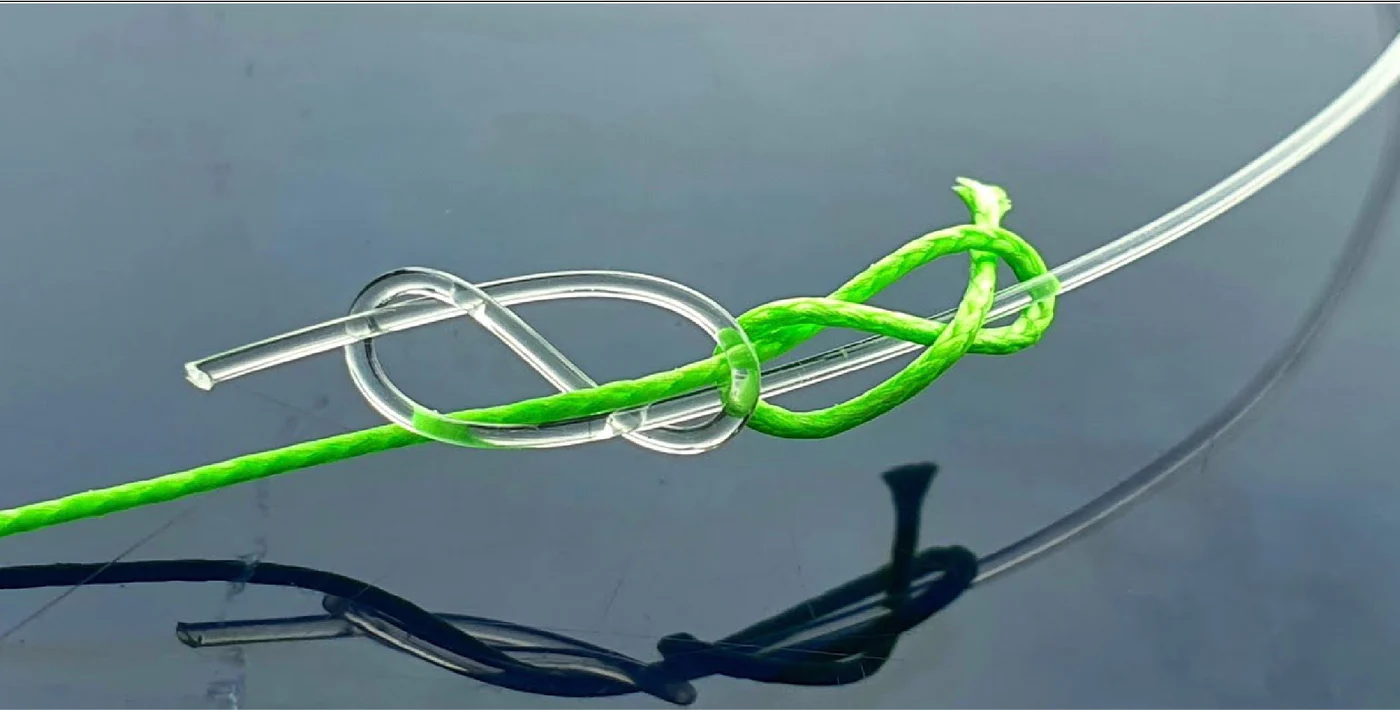Monofilament fishing line is a versatile and widely used type of fishing line made from a single strand of nylon material. Its popularity among anglers stems from its affordability, ease of use, and suitability for a variety of fishing techniques.
One of the key characteristics of monofilament fishing line is its moderate stretch. This property allows the line to absorb shock when a fish strikes or makes sudden movements, reducing the likelihood of the line breaking. The stretch also provides a cushioning effect, making it easier to fight and land fish without putting excessive strain on the line or rod.
Another advantage of monofilament fishing line is its buoyancy. This feature makes it suitable for techniques such as topwater fishing, where lures or bait are presented on the surface of the water. The buoyancy of monofilament line helps keep the bait or lure afloat, enhancing its visibility to fish and increasing the chances of a strike.
Monofilament fishing line is also known for its knot strength and ease of tying knots. Whether you’re connecting terminal tackle, tying dropper loops, or securing your line to a reel spool, monofilament line holds knots well and is less prone to slipping or unraveling compared to other types of fishing line.

Furthermore, monofilament fishing line is available in a wide range of diameters and strengths, making it suitable for fishing in various environments and targeting different species of fish. Whether you’re casting for bass in freshwater lakes, trolling for tuna in the open ocean, or bottom fishing for snapper on the reef, there’s a monofilament line to suit your needs.
In addition to its versatility and performance characteristics, monofilament fishing line is also affordable and readily available at most tackle shops and online retailers. This accessibility makes it an attractive option for both beginner and experienced anglers alike.
However, like any fishing line, monofilament has its limitations. It tends to have more memory than other types of line, meaning it can retain coils and become tangled more easily. Additionally, monofilament line is susceptible to abrasion and UV damage over time, so it’s important to inspect and replace your line regularly to maintain its performance and integrity.
Monofilament fishing line offers anglers a reliable and cost-effective option for pursuing their favorite fish species in a variety of fishing environments. Its combination of versatility, affordability, and ease of use makes it a staple in the tackle boxes of anglers around the world.
Image/Source: BlackHallOutfitters





